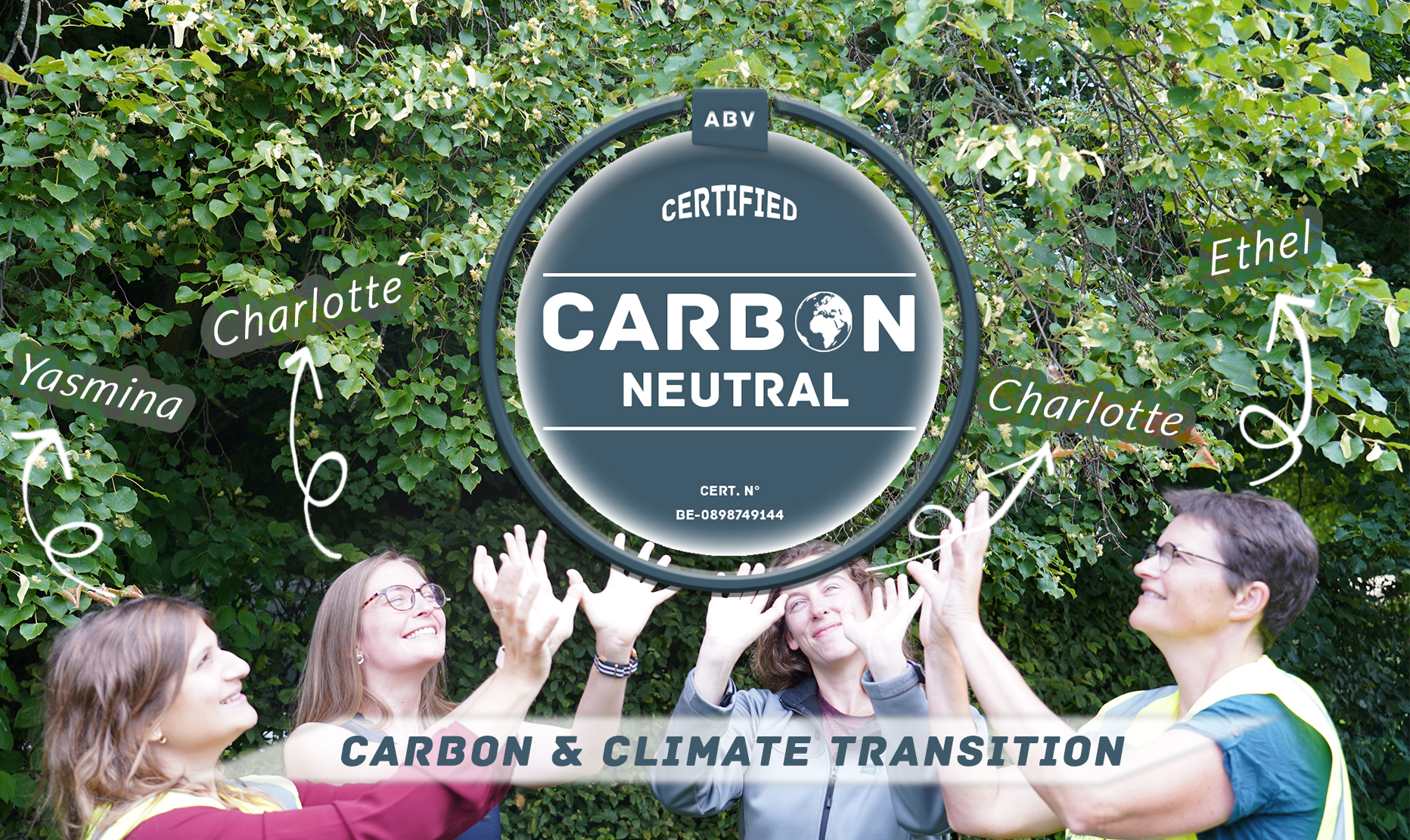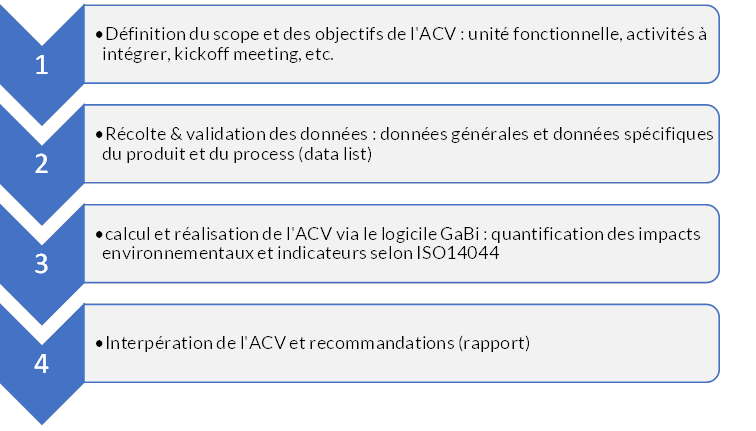ABV Development guides you on the road to carbon neutrality and the decarbonisation of your activities, helping you to measure, reduce and offset the emissions inherent in your operations.
To limit the impact of climate change, one of the main challenges is to drastically reduce CO2 emissions. In this respect, the European Union has set ambitious targets for carbon neutrality by 2050. The challenge is substantial and, in perspective, offers a multitude of development and innovation opportunities for your company.
Some sectoral companies have already embarked on the road to carbon neutrality. “This dynamic is growing and will continue to grow over the next few years as companies and other public organisations will have to account for their CO2 emissions," says Yannick Masquelier, Founding Partner of ABV Development, a consultancy firm specialising in the environmental sector. Furthermore, increasing constraints, both internal and external to organisations, particularly in terms of taxation, will be imposed on activities that emit greenhouse gases. It is in the interest of organisations to start reducing their carbon footprint now.”
Through its Carbon & Climate Transition department, ABV Development helps organisations to address these issues. The consultancy firm offers a range of effective and pragmatic services and approaches to help organisations identify, measure, reduce and, where appropriate, offset their CO2 emissions. “The process begins with a carbon assessment, carried out on the basis of recognised methods, such as the ISO14064 and ISO14069 standards, the ADEME's Bilan Carbone ® method, the GHG Protcol, the CO2 performance scale (for the construction sector), and whose scope will essentially depend on the company's activity and its desire to control it," explains Yannick Masquelier. At this level, we will seek to identify the direct emissions of the organisation and its activities and company vehicles (scope 1), as well as emissions linked to factories, installations, warehouses, offices, heating or vehicles owned by the company, indirect emissions inherent in the consumption of electricity, heat or steam (scope 2), and other indirect emissions, linked to activities upstream and downstream of the organisation's value chain (purchases, suppliers, subcontractors, use of finished products, for example (scope 3).”
 |
Once the assessment has been made and the main sources of emissions have been identified, it is then possible to consider a strategy for reducing your carbon footprint, by setting priorities and establishing an action plan. “The challenge is to minimise emissions as much as possible by considering the various technical, organisational and operational means available to us for the maximum decarbonisation of an organisation's activities," continues the ABV Development partner. However, in most cases, residual emissions remain. Offsetting measures can then be considered to achieve neutrality.”
The offsetting approach is the implementation of projects that act as carbon sinks, or the development of renewable energy production units, reducing the need for CO2-emitting energy. “The offsetting process only makes sense if you have done everything necessary to minimise your carbon footprint," insists Yannick Masquelier. To help our clients offset their emissions (and avoid sending them to plant trees on the other side of the planet), we seek to support projects that have a local, concrete and sustainable impact. Through this specific approach, we provide the solutions expected by our clients, who are increasingly demanding in their commitment to decarbonising their activities.”
A life cycle assessment (LCA) of a finished product is also carried out, which takes into account all the environmental impacts, and therefore the CO2 emissions, of the product and its components, including its transport, storage, packaging, operation, maintenance, recycling and end of life.
 |
"In the current and, above all, future context, we can expect the "carbon" impact of a product to be an important selection criterion and to be better taken into account in the choice of a product in the same way as its quality and cost," comments Yannick Masquelier. This is already the case for private individuals, and increasingly so for the private sector, notably in the Environmental Product Declarations (EPDs) of a multitude of finished products. The EPD is a technical document that studies the environmental impact of a product throughout its lifetime. The EPD of a product is the result of a life cycle assessment (LCA) and is used by rating systems, such as BREEAM for the construction industry. If we go further, the CO2 cost could also weigh on the price of the product. "Carrying out a life cycle analysis provides a solid basis from which to make choices and consider alternatives, for example, by preferring local raw materials to those imported from further afield.”
The approach, while responding to major environmental issues for future decades, also supports more sustainable development choices, contributing to the sound management of your activity.